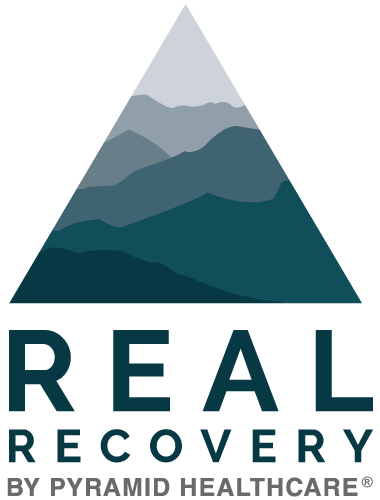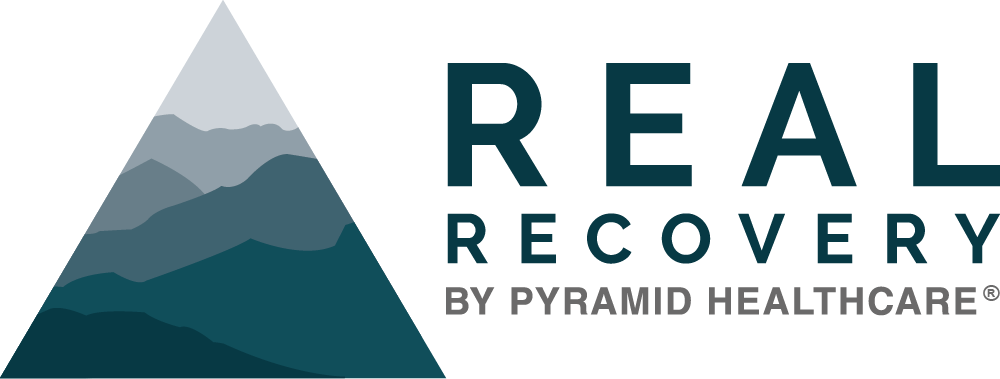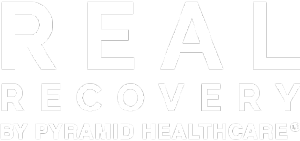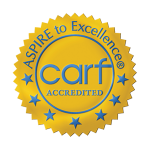Recovery from substance use addiction is a challenging road – with a recovery that demands both physical and mental changes, many individuals struggle to follow through, and some never even seek it to begin with. But for those who do seek it, and do desire healing, some options provide you with recovery strategies to lessen the challenges as much as possible.
Medication-assisted treatment programs are one such opportunity that gives you the best chance at overcoming addiction. With medications approved to lessen withdrawal symptoms and increase treatment retention, whole-body and mind healing is possible.
What is medication-assisted treatment?
Medication-assisted treatment (MAT) is the use of FDA-approved medications to lower the sense of cravings, block opioids from having their effects and lessen the intensity of the symptoms of withdrawal that occur when drug or alcohol use stops.
For several clients, medication-assisted treatment is the only way in which detox can occur, as some symptoms are truly life-threatening. The medications used help to stabilize the body’s systems as they detox from the synthetic chemicals and provide a boost you can use to catapult yourself into a fuller, well-rounded stage of recovery.
While there is some controversy that medication-assisted treatment simply replaces one drug with another, i.e. replaces one unhealthy habit with another potentially addictive one, much research has been done to show how not just the safety, but the effectiveness of these drugs far outweighs potential misuse statistics. When used appropriately by following the instructions of the prescription, the threshold for misuse is relatively low.
Which prescription medications are used in MAT?
The FDA-approved medications are used based on the way they work on opioids and/or alcohol. They may work to block the opioid receptors, or they may make the user ill if combined with alcohol consumption – this helps prevent cravings that may lead to accidental overdose.
The top five medications used for MAT
Buprenorphine
Buprenorphine, a partial opioid agonist, activates the opioid receptors in the brain, but to a lesser extent. Buprenorphine safely and effectively benefits patients attempting to quit opioid use by weaning the body off physical dependency on opioids while simultaneously reducing cravings and managing withdrawal symptoms.
Naltrexone
According to the Substance Abuse and Mental Health Services Administration, “Naltrexone is not an opioid, is not addictive, and does not cause withdrawal symptoms with stop of use. Naltrexone blocks the euphoric and sedative effects of opioids such as heroin, morphine, and codeine. Naltrexone binds and blocks opioid receptors and reduces and suppresses opioid cravings. There is no abuse and diversion potential with naltrexone.”
Naltrexone is also used for the treatment of alcohol use disorder because it blocks any intoxicated, euphoric sensation alcohol may cause. This slowly dulls the desire for consumption, thereby increasing recovery chances.
Methadone
Methadone is a long-acting opioid agonist, meaning it acts more slowly in the system for longer, giving the body the chance to get over the initially rough stages of withdrawal. In addition to reducing cravings, methadone helps to prevent opioids from having effects on the body, working similarly to Naltrexone to dull that desire for use since use is no longer stimulating.
Disulfiram
Disulfiram was the first drug approved by the FDA for treating alcohol use disorder. This drug does not combine well with alcohol (causing nausea, vomiting, headaches and chest pains) and must be taken after a few days of sobriety have been reached. Disulfiram works to prevent any desire to drink knowing these illnesses are likely to result.
Acamprosate
Acamprosate is used for alcohol use disorder treatment and, because it does not prevent withdrawal symptoms, is more often used in later stages of detox. When the first few days of detox are finished, acamprosate prescriptions are used to prevent cravings which may cause a return to addictive behaviors and subsequent/accidental overdose.
Can you withdraw from medication-assisted treatment?
Looking at these medications draws the question, “Can you become addicted to and experience possible withdrawal symptoms from the medications that were supposed to be helping?”
“Although it is possible for individuals who do not have an opioid use disorder to get high on buprenorphine or methadone, these medications affect people who have developed a high tolerance to opioids differently. At the doses prescribed, and as a result of…the way they act at opioid receptor sites and their slower metabolism in the body…these medications do not produce a euphoric high but instead minimize withdrawal symptoms and cravings.”
This being said, individuals who have an addiction to buprenorphine or methadone before seeking treatment would not be good candidates for this kind of treatment as recovery is not possible if the same substances are used. However, because these medications do work differently on the body than opioids, alcohol, etc. they are appropriate solutions.
Technically speaking, the body always goes through subtle changes when medications are changed or dosages are managed. The best way to avoid this from causing any kind of withdrawal is to adhere closely to the instructions of your physician and psychiatrist.
Seeking help?
For any support you may need during medication-assisted treatment, or to begin the process of recovery today, contact Real Recovery by calling 855-363-7325 or contact us online today to learn more.





